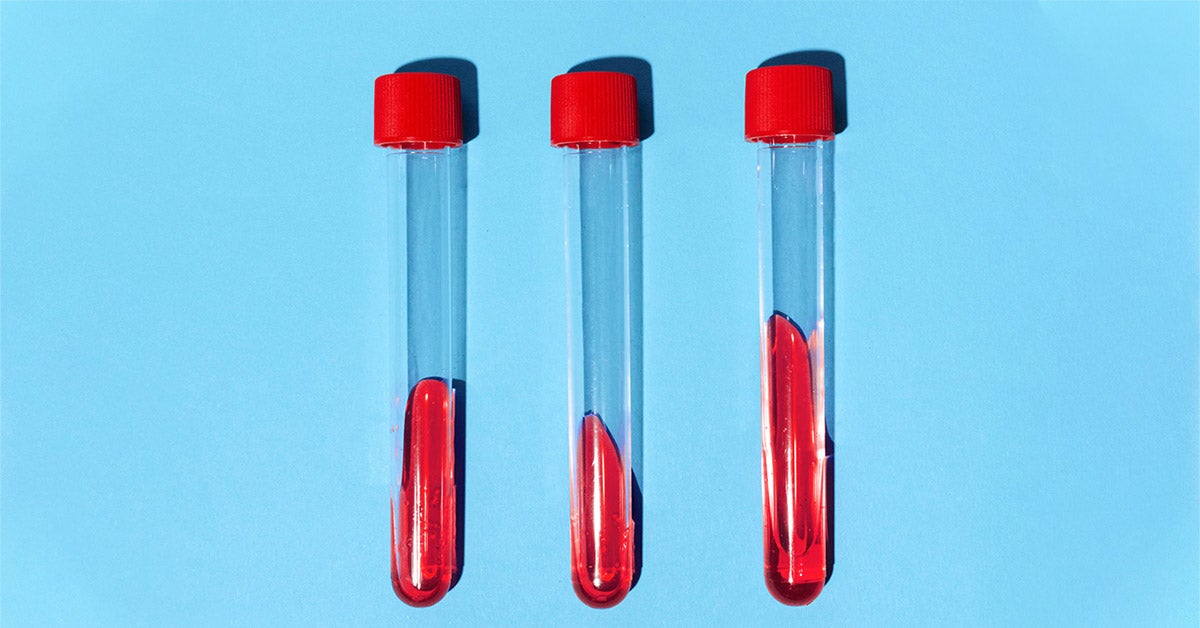Hutchinson Teeth: Pictures, Causes, Treatment, Prevention
Hutchinson teeth is a sign of congenital syphilis, which occurs when a pregnant mother transmits syphilis to her child in utero or at birth.
The condition is noticeable when a child's permanent teeth come in. The incisors and molars take on a triangular or peglike appearance. They're widely spaced and may have weakened enamel.
Hutchinson teeth is part of what's called the 'Hutchinson triad,' involving the teeth, ears, and eyes. The condition is named after Sir Jonathan Hutchinson, an English surgeon and syphilis specialist, who worked at London Hospital in the late 1800s.
Keep reading to learn more about Hutchinson teeth, including pictures, when symptoms might first appear, different treatment options, and what you can do to prevent this condition.


The cause of Hutchinson teeth is exposure to syphilis (a bacterial infection) before or during birth.
Syphilis is considered a sexually transmitted infection (STI). It often begins as a sore on the skin of the genitals, rectum, or mouth. The infection then spreads through mucous membrane or skin contact with these sores.
Syphilis sores may be painless in early stages of the infection. In fact, some people don't realize they have it for years. Additional symptoms may include:
- a full-body rash
- flu-like symptoms (fever, muscle aches, sore throat)
- hair loss
These symptoms can come and go with time.
Babies have the greatest risk for developing Hutchinson teeth and other symptoms if the mother has had syphilis for less than two years. Specifically, the risk increases if the infection hasn't been treated before week 18 in pregnancy.
Exposure can occur while the baby is still in the womb through the placenta or during the birthing process itself.
While newborn babies may not show signs of syphilis exposure at first, symptoms tend to develop as they grow. Affected children may experience the Hutchinson triad, which includes:
- inner ear issues (labyrinthine disease) that may cause deafness
- eye issues (interstitial keratitis) that involve inflammation of the cornea
- teeth abnormalities (Hutchinson teeth)
You may not notice Hutchinson teeth until your child is around age 5, when permanent teeth begin to appear. This condition primarily affects the permanent central incisors and molars.
Specific features include:
- peg-shaped with a crescent-shaped notch
- thinning or discoloration of enamel
- smaller teeth
- widely spaced teeth
If you're unsure whether or not your child's teeth display these characteristics, check in with your child's pediatrician or dentist.
To treat Hutchinson teeth, first visit your pediatrician for a diagnosis and medication, if needed.
A blood test or sometimes lumbar puncture can confirm syphilis. Treatment options include a shot of penicillin. If the disease has been present longer than a year, your child may need additional doses.
Tooth damage that's already occurred can't be reversed without dental treatments. These are called dental restorations.
There are several options for treating teeth:
- Crowns. These are caps that dentists place on teeth to make them more normal in size, shape, and overall function.
- Bridges. These false teeth help fill in the spaces between teeth. Bridges also fix bite issues and restore natural face shapes and smiles.
- Fillings. Dental fillings are a common way to fill cavities or holes caused by weakened enamel and other issues. They can be made of composite material (tooth color), dental amalgam (silver), or gold.
- Dental implants. A titanium metal post is surgically placed in the jawbone to serve as a base for crowns or bridges. Implants can't be placed until the jaw is fully developed. This is usually in the late teenage or young adult years.
Speak with your dentist about which treatments will work best for your child. If you have concerns about cost, contact your insurance company to find out your coverage.
The best way to prevent Hutchinson teeth is to treat syphilis before becoming pregnant. You may or may not have symptoms, so it's important to get tested if there's a possibility you may have it.
In particular, you may want to get tested for syphilis and other STIs if:
- You have another STI. Having one puts you at greater risk for developing others.
- You've not practiced safe sex and had multiple sexual partners since last testing.
- You're pregnant or planning on becoming pregnant.
Otherwise, it's important to get treated before the 16th week of pregnancy. After the 18th week, the disease may be cured, but babies may still have irreversible deafness, eye issues, and bone and joint issues, like Hutchinson teeth.
Once teeth have erupted, be sure to care for them no matter what shape they're in. The American Dental Association recommends the following care for teeth:
- Brush twice daily with fluoride toothpaste.
- Floss between teeth daily.
- Limit beverages and snacks that contain added sugars.
- Consider using a mouth rinse that contains fluoride.
- See a dentist for regular appointments.
While Hutchinson teeth can't be reversed, it's important to treat the underlying cause — syphilis — to prevent other related health issues.
Once permanent teeth have erupted, you can speak with your child's pediatrician and dentist about cosmetic procedures to help correct the appearance of the teeth.
If you're pregnant or considering becoming pregnant, be sure to get tested for syphilis if you think you may have been exposed to it so you can treat the infection as soon as possible.
-
 6 interesting genetic traits that children will inherit from their parents
6 interesting genetic traits that children will inherit from their parents
-
 7 effects of asparagus on child development
7 effects of asparagus on child development
-
 Does cutting blood hair for babies bring good luck?
Does cutting blood hair for babies bring good luck?
-
 The more babies eat, the higher the height they develop, especially the second kind
The more babies eat, the higher the height they develop, especially the second kind
-
 Children with chicken pox should eat to quickly recover from the disease, without leaving a deep scar?
Children with chicken pox should eat to quickly recover from the disease, without leaving a deep scar?
-
 The more food is cooked, the better it can be for health, especially the second type
The more food is cooked, the better it can be for health, especially the second type
-
 13 Tips for Aging Gracefully with Exercise, Diet, and Wellness
13 Tips for Aging Gracefully with Exercise, Diet, and Wellness
-
 At-Home STD Test: Chart Comparison, Products, Accuracy, Risks, More
At-Home STD Test: Chart Comparison, Products, Accuracy, Risks, More
-
 How Meal Subscription Boxes Help in My Eating Disorder Recovery
How Meal Subscription Boxes Help in My Eating Disorder Recovery
-
 Nuedexta: Cost, Uses, Dosage, and More
Nuedexta: Cost, Uses, Dosage, and More
-
 Xospata: Side Effects, Dosage, Cost, and More
Xospata: Side Effects, Dosage, Cost, and More
-
 Drink One Cup of Celery Juice for a Hydration and Antioxidant Boost
Drink One Cup of Celery Juice for a Hydration and Antioxidant Boost






























